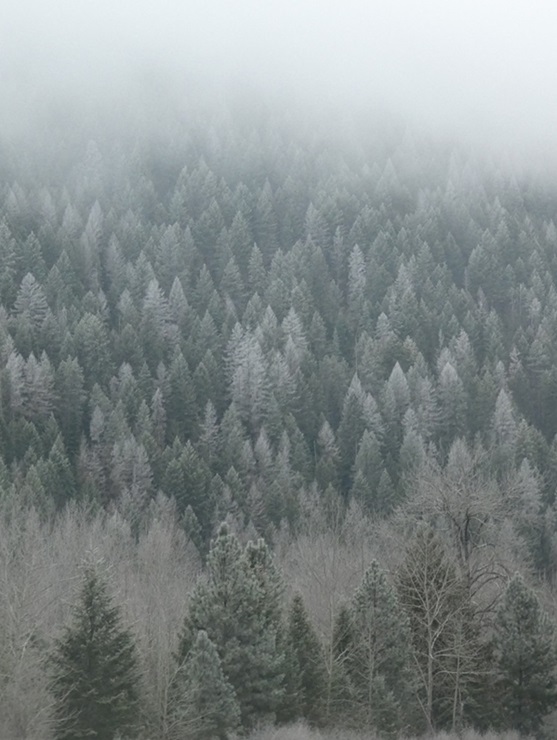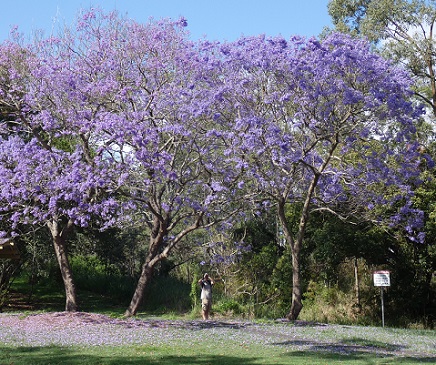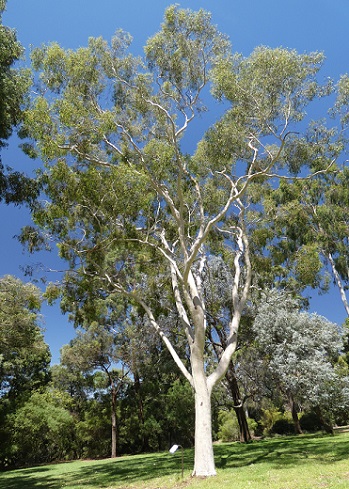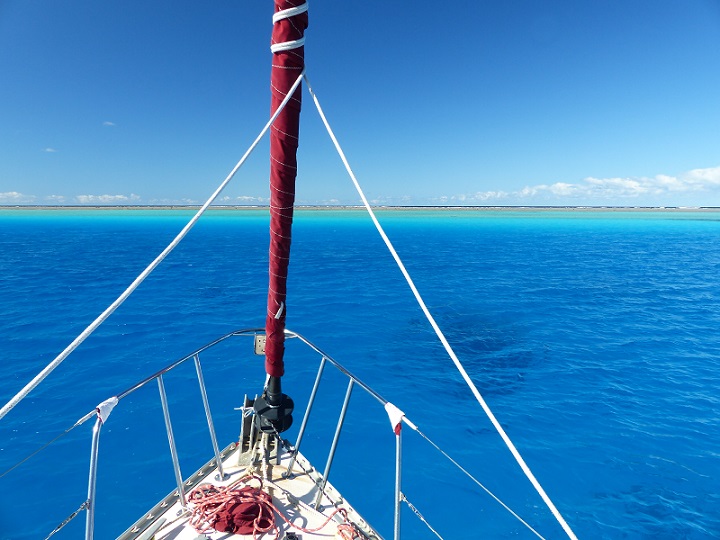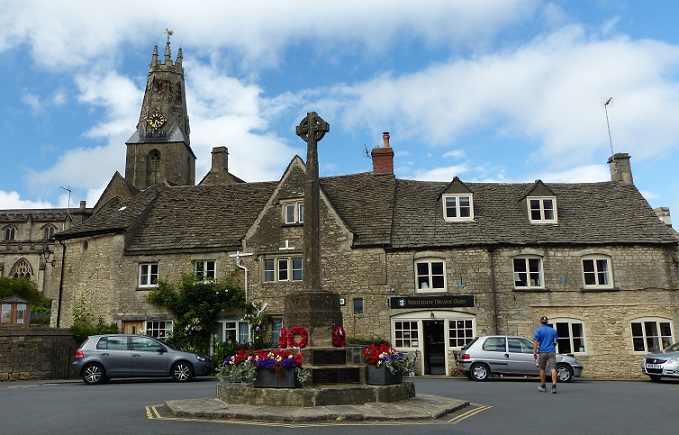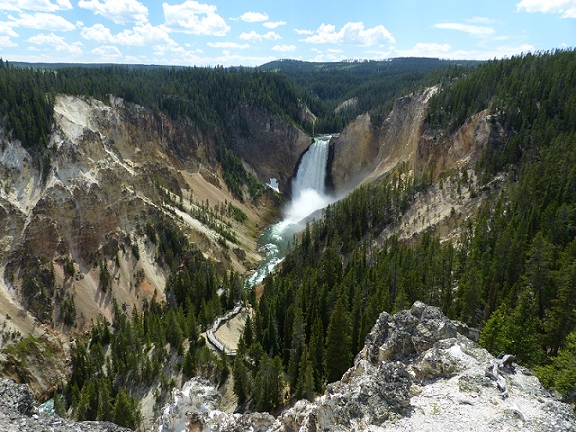
Tregoning
12 April 2024 | We are back aboard Tregoning in Mersin Marina, Mersin, Türkiye
02 April 2024 | We are in Toronto Airport, Canada: Tregoning is in Mersin Marina, Mersin, Türkiye
25 February 2024 | We are back in Gainesville, FL: Tregoning is in Mersin Marina, Mersin, Türkiye
18 February 2024 | We are in Glenwood, New Mexico: Tregoning is in Mersin Marina, Mersin, Türkiye
12 February 2024 | We are in Morro Bay, California: Tregoning is in Mersin Marina, Mersin, Türkiye
19 January 2024 | We are in Vancouver, BC Canada: Tregoning is in Mersin Marina, Mersin, Türkiye
01 January 2024 | We are in Washington State: Tregoning is in Mersin Marina, Mersin, Türkiye
15 December 2023 | We are in Minnesota: Tregoning is in Mersin Marina, Mersin, Türkiye
18 November 2023 | We are in Florida: Tregoning is in Mersin Marina, Mersin, Türkiye
29 October 2023 | We're in Florida - Tregoning is at B-dock, Mersin Marina, Mersin, Türkiye
21 October 2023 | 7 Oda Kapadokya Cave Hotel, Ürgüp, Türkiye
14 October 2023 | Hotel Aşikoğlu, Boğazkale, Türkiye
07 October 2023 | B-dock, Mersin Marina, Mersin, Türkiye
19 September 2023 | “Chez Jon & Angela”, Near Otterton, Devon, UK
14 September 2023 | Airbnb in Fortuneswell on the Isle of Portland, Dorset, UK
11 September 2023 | With Mike, Grange-over-Sands, Cumbria, UK
03 September 2023 | Ardington House, Ardington, Oxfordshire, UK
24 August 2023 | Near "Chez Joan and Peter", College of Roseisle, Moray, Scotland
11 August 2023 | Andrew's house (not exactly), Lichfield, UK
22 July 2023 | Chez Gail, near the New York Café, Budapest, Hungary
The Great Fire of London
25 August 2016 | Tregoning is in Whangarei Town Basin Marina, Whangarei, New Zealand but we are in North Harrow, Great Britain
Photo: “The Monument” that commemorates the Great Fire of London of 1666

On leaving the Churchill War Rooms and finding that the Queen was not at home in Buckingham Palace (i.e., seeing that her Standard was not flying over the building), we headed towards the central square mile that constitutes the actual City of London. Jennie directed us to the Church of St. Magnus the Martyr which is down by the River Thames, next to the path to the Old London Bridge. In the church is a model of the Bridge as it would have looked in 1660, covered with houses and shops, and packed with people, wagons, and livestock. It was a cool model and gave a real sense of how crowded everything would have been in the city at that time.
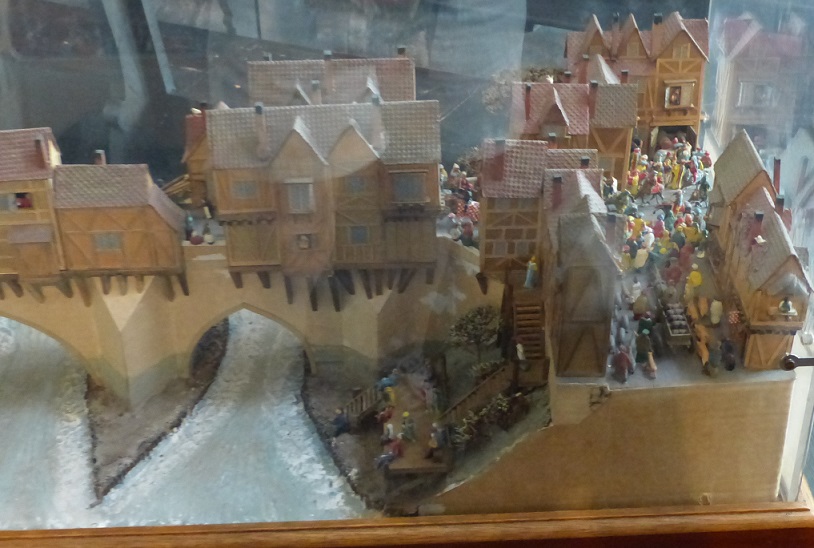
One end of the model of the London Bridge in 1660
The first known bridge across the Thames in London was a wooden one built by the Romans between 100 and 400 AD. The Romans also built defensive city walls and these, along with the River Thames, delineated the City of London which quickly became very crowded.
Construction of the first stone bridge started in 1176, during the reign of King Henry II, and took 33 years to complete. It was over 900 feet long (274 m) and 20 feet wide (6 m), with 19 arches and a drawbridge. Almost immediately shops and houses were built along both sides of it, narrowing the roadway to just 12 feet (3.6 m). By 1358, there were 138 shops plus stalls, a chapel, and a gatehouse by the drawbridge. For almost another 400 years, it remained the only bridge in London across the Thames. Around 1760, the shops were removed and by 1852, the 643 year-old bridge was demolished. Replacements, the "New" London Bridges, were built in 1824 and 1973, the second London Bridge famously being bought in 1962 for reconstruction in Arizona, USA, when it proved inadequate for modern London traffic. It is an urban-myth (denied by seller and buyer) that the bridge was bought under the mistaken expectation of getting the iconic Tower Bridge, which is the one featured in most pictures of the Thames in London.
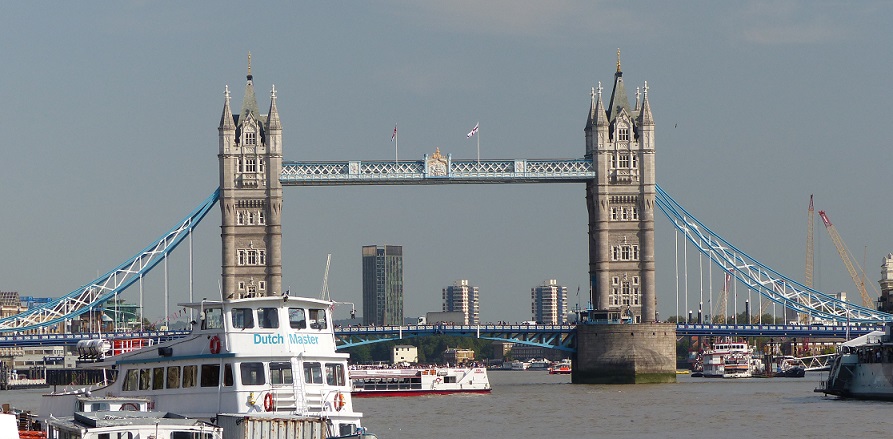
Tower Bridge, not the London Bridge (which is a relatively simples and boring road-bridge)
Walking through a few of the City's narrow back-lanes, also gave us a feeling of how densely crowded the buildings would have been back in the mid-1600s. Of course, the main difference was that the current buildings are made of stone, brick, or concrete, whereas most of the streets back then would had been lined with wooden structures. Very few buildings survive in the City from prior to 1660, in fact, the only secular one is the stone-walled Guildhall (built 1411 - 1430). This is the result of the Great Fire of London of 1666.
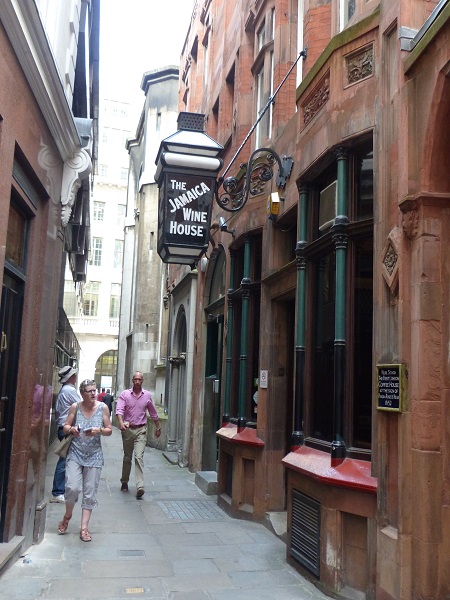
Jennie in a City of London back-alley
By the 1660s, London was by far the largest city in Britain with about half-a-million inhabitants. Only about one sixth of London's population lived within the square mile of the City proper, which was the commercial heart of the capital and the largest market and busiest port in England. Everyone else lived in the surrounding ring of slums or suburbs, with the aristocracy shunning the City in favor of the countryside or the elegant Westminster district, the site of King Charles II's court at Whitehall. With an overcrowded, medieval street "plan" of narrow, winding, cobbled alleys, wealthy people avoided the traffic-clogged, polluted, unhealthy City. This was especially true after the devastating outbreak of bubonic plague in 1665 that killed about 80,000 of London's inhabitants.
There had been other big fires in the city, most recently in 1632. Many warnings of the potential for dangerous fires were being given and rules were in place to try to reduce the risk, but these were largely ignored due to insufficient enforcement, corruption, or intolerance of the inconvenience that they caused. Thus, cheap thatch was still commonly used for roofing; fire-hazard workplaces such as smithies, foundries, and glaziers had not all moved out of the city as intended; there was an abundance of black powder left over from the recent Civil War (1642-51), both in private homes and in many wooden casks in ships' chandlers along the river front; and many streets continued to have buildings on both sides with bay windows and "jetties" (upper storeys larger than the footprint of the ground-floor) that almost met, creating a tunnel along which wind and fire could whistle.
Heavy rains in the summers of 1664 and 1665, were followed by a severe drought from November 1665 and through the following hot summer, leaving the wooden buildings tinder-dry. The fire started on Sunday 2nd September 1666, and was finally extinguished on Wednesday 5th September after consuming 13,200 houses, 87 churches, 3 city gates and most of the buildings of the City authorities. It covered about four-fifths of the City and destroyed the homes of 70,000 out of 80,000 people living there.
The fire started shortly after midnight in a bake-house owned by the King's Baker, Thomas Faryner (Farriner or Farynor) on Pudding Lane. It is believed that he failed to fully extinguish the fire in the oven in his bakery on Saturday afternoon, and sparks lit spare fuel and flour. The fire quickly moved from the bakery to warehouses along the river, then strong winds blew the flames west up the river and through the City. Luckily, the wind direction did not send flames through the crowded wooden buildings on the London Bridge, so the fire did not spread to the south side of the Thames.
The major firefighting technique of the time was to create firebreaks by means of demolition. Indecision to start demolition by the Lord Mayor of London and hesitation to allow the Royal troops, being sent by the King, to enter the traditionally Republican City, critically delayed such action. By the time that large-scale demolitions were ordered on Sunday night, the wind had already created a firestorm that was beyond such measures.
Surrounded by its relatively empty churchyard, St. Paul's Cathedral with its thick stone walls was assumed to be a refuge, so many books and treasures were stored there as the fire progressed. However, at 8 pm on Tuesday, the wooden scaffolding around the building caught fire and ignited the timber roof. Within an hour the lead roof started to melt and this destroyed the whole building and all of the treasures within.
The fire was finally quenched by the fading of the strong east winds and by the use of gunpowder by soldiers from the Tower of London garrison to create effective firebreaks to halt further eastward spread. Remarkably, the death toll appeared to have been small, with only six verified deaths recorded. However, since the deaths of poor and middle-class people were probably not recorded and the extreme heat of the fire may have cremated many victims, leaving no recognizable remains, it is uncertain how many human casualties there really were.
The social and economic problems created by the disaster were overwhelming but despite numerous radical proposals, the City was reconstructed on essentially the same crowded and confused street plan that was used before the fire. By destroying squalid housing and killing the associated rats and fleas, it has been suggested that the fire saved London from further outbreaks of the plague. However, too many slums remained outside the City for this to be the complete explanation for the non-recurrence of the plague epidemics.
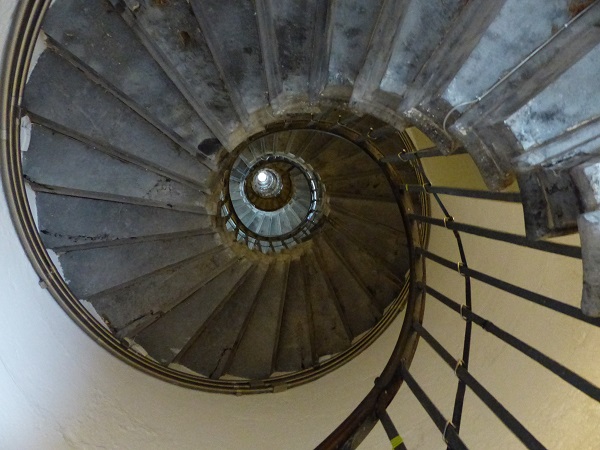
Looking up the stair well of The Monument
On the initiative of King Charles II, a monument was built between 1671 and 1677 to commemorate the fire. Designed by Sir Christopher Wren (Surveyor General to the King and architect of the new St Paul's Cathedral which was completed in 1710), the monument to the Great Fire was a symbol of hope, resilience and strength for the city. The Monument is a colossal Doric column, 202 feet (61 m) tall, which equals the distance from it to the bakery on Pudding Lane where the fire started. The monument has a spiral staircase of 311 steps to a balcony, above which is a copper vase of flames, the shininess of which leaves one wondering how it stays so clean-looking.
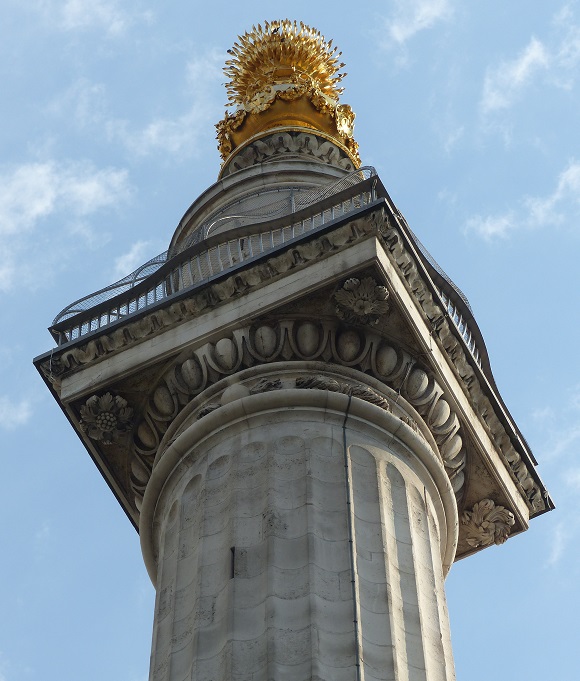
The bottom of the square balcony topped by the vase of flames on The Monument
On reaching the base of The Monument (as it is known), Randall decided to sit and wait for us, while Jennie and I climbed the stairs and admired the excellent views over the City and River Thames. In addition to the iconic Tower Bridge just downstream of us, we could pick out several of the newer skyscrapers that adorn the London skyline and have nicknames such as The Gherkin, The Cheese-grater, and The Shard (or something like that...I can't remember them all). London has very strict regulations about maintaining lines-of-sight between certain historic places, so there are surprisingly few high-rise buildings, given the size of the city, and they are scattered around in an apparently random manner but actually are strategically placed to avoiding the hallowed lines-of-sight.
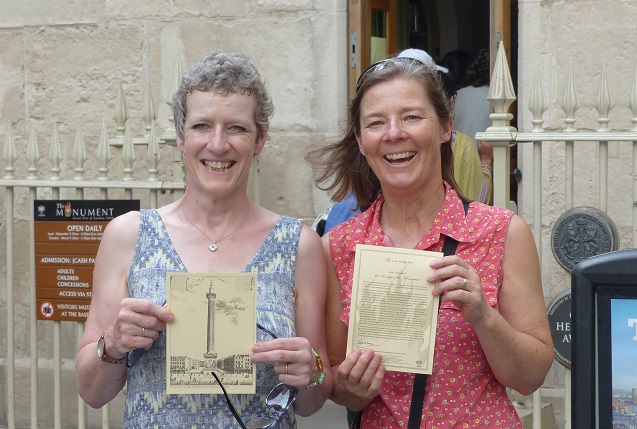
Jennie and Alison with their certificates for climbing The Monument
On returning to the exit of The Monument, Jennie and I received certificates to commemorate that we had climbed the commemorative column. After that, Jennie headed home while Randall and I went to meet another good school-pal of mine, whom I had not seen in many years, Amanda. We met her at one of the physiotherapy clinics that she runs and owns in, and around, London that particularly specialize in occupational physical therapy. Joined by her photographer husband, Tony, they suggested that we start with drinks at "The Breakfast Club, Spitalfields".
I wondered if she meant a cup of tea or coffee as we entered this ground-floor café but it turned out that she was thinking of something a little stronger. By providing a secret password to the host (something about "arriving to observe a certain local official"), we were led to a large refrigerator, the door of which was opened and in we stepped. The door led to a dark flight of stairs which descended to a pleasant basement bar where just a few other customers were celebrating the end of the workday. Amanda and I had a marvelous time catching-up on our own news and on reports of other mutual friends. This was followed by an excellent meal at one of the many Indian Restaurants on the nearby Brick Lane. Although it was only a brief reunion, it was so good to see Amanda flourishing and clearly loving the thriving business that she has built.
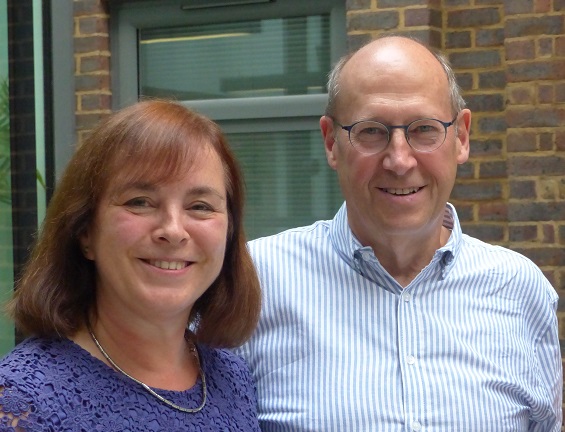
Amanda and Tony
The next day we continued our reunion theme by taking a couple of trains to Richmond, where we met niece Olympia and her son Viggo. It had been several years since we had seen Olympia so we had not previously met her two-year-old son and unfortunately, we missed meeting her British husband, Dan. Olympia had moved to London from New York City as part of her executive job in the Anthropology chain of stores. She was very successful in the company but had recently resigned so that she can stay at home with Viggo while starting-up an online children's clothing company, Oleander Grey, http://www.oleandergrey.com
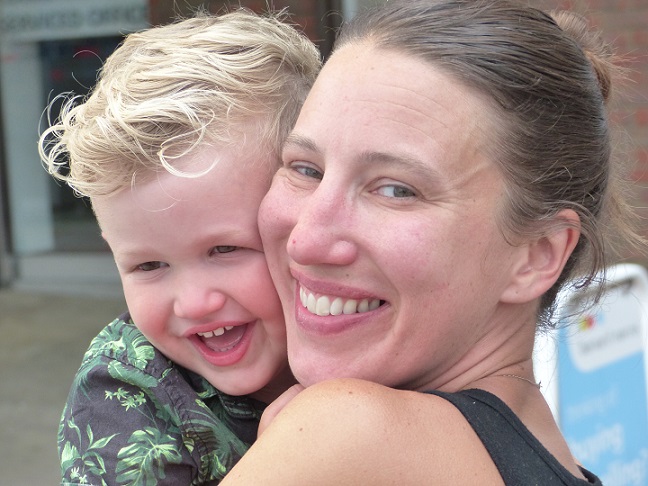
Viggo and Olympia
Viggo was at that age (two) when being joined by strangers did not necessarily seem to improve his day nor maintain the amount of attention that he expected to receive from Mom. Still, crossing a park on our way to the River Thames, Viggo seemed quite satisfied with being able to show-off exactly how far and fast he could leave us on his pedal-less bicycle (which are so cool...why on earth were these not invented when we were young?) He was initially not quite as thrilled about being corralled by Mom and having to stay with us until we reached the riverside walkway, but an ice-cream soon redeemed the situation and we had a lovely walk along the Thames towards Twickenham (where they live). We hailed a pontoon-ferry-boat to carry us across the river for a tasty lunch at the White Swan pub (well, for the three of us who were not napping). A bus-ride took us back to the train station for our return trip to North Harrow after wishing Olympia well with her new family and business. While it has been so wonderful to be reunited with our school- and college-friends and hear about plans as families disperse and retirements beckon, it was also very refreshing to talk to someone younger, who is still developing her family and career.

One end of the model of the London Bridge in 1660
The first known bridge across the Thames in London was a wooden one built by the Romans between 100 and 400 AD. The Romans also built defensive city walls and these, along with the River Thames, delineated the City of London which quickly became very crowded.
Construction of the first stone bridge started in 1176, during the reign of King Henry II, and took 33 years to complete. It was over 900 feet long (274 m) and 20 feet wide (6 m), with 19 arches and a drawbridge. Almost immediately shops and houses were built along both sides of it, narrowing the roadway to just 12 feet (3.6 m). By 1358, there were 138 shops plus stalls, a chapel, and a gatehouse by the drawbridge. For almost another 400 years, it remained the only bridge in London across the Thames. Around 1760, the shops were removed and by 1852, the 643 year-old bridge was demolished. Replacements, the "New" London Bridges, were built in 1824 and 1973, the second London Bridge famously being bought in 1962 for reconstruction in Arizona, USA, when it proved inadequate for modern London traffic. It is an urban-myth (denied by seller and buyer) that the bridge was bought under the mistaken expectation of getting the iconic Tower Bridge, which is the one featured in most pictures of the Thames in London.

Tower Bridge, not the London Bridge (which is a relatively simples and boring road-bridge)
Walking through a few of the City's narrow back-lanes, also gave us a feeling of how densely crowded the buildings would have been back in the mid-1600s. Of course, the main difference was that the current buildings are made of stone, brick, or concrete, whereas most of the streets back then would had been lined with wooden structures. Very few buildings survive in the City from prior to 1660, in fact, the only secular one is the stone-walled Guildhall (built 1411 - 1430). This is the result of the Great Fire of London of 1666.

Jennie in a City of London back-alley
By the 1660s, London was by far the largest city in Britain with about half-a-million inhabitants. Only about one sixth of London's population lived within the square mile of the City proper, which was the commercial heart of the capital and the largest market and busiest port in England. Everyone else lived in the surrounding ring of slums or suburbs, with the aristocracy shunning the City in favor of the countryside or the elegant Westminster district, the site of King Charles II's court at Whitehall. With an overcrowded, medieval street "plan" of narrow, winding, cobbled alleys, wealthy people avoided the traffic-clogged, polluted, unhealthy City. This was especially true after the devastating outbreak of bubonic plague in 1665 that killed about 80,000 of London's inhabitants.
There had been other big fires in the city, most recently in 1632. Many warnings of the potential for dangerous fires were being given and rules were in place to try to reduce the risk, but these were largely ignored due to insufficient enforcement, corruption, or intolerance of the inconvenience that they caused. Thus, cheap thatch was still commonly used for roofing; fire-hazard workplaces such as smithies, foundries, and glaziers had not all moved out of the city as intended; there was an abundance of black powder left over from the recent Civil War (1642-51), both in private homes and in many wooden casks in ships' chandlers along the river front; and many streets continued to have buildings on both sides with bay windows and "jetties" (upper storeys larger than the footprint of the ground-floor) that almost met, creating a tunnel along which wind and fire could whistle.
Heavy rains in the summers of 1664 and 1665, were followed by a severe drought from November 1665 and through the following hot summer, leaving the wooden buildings tinder-dry. The fire started on Sunday 2nd September 1666, and was finally extinguished on Wednesday 5th September after consuming 13,200 houses, 87 churches, 3 city gates and most of the buildings of the City authorities. It covered about four-fifths of the City and destroyed the homes of 70,000 out of 80,000 people living there.
The fire started shortly after midnight in a bake-house owned by the King's Baker, Thomas Faryner (Farriner or Farynor) on Pudding Lane. It is believed that he failed to fully extinguish the fire in the oven in his bakery on Saturday afternoon, and sparks lit spare fuel and flour. The fire quickly moved from the bakery to warehouses along the river, then strong winds blew the flames west up the river and through the City. Luckily, the wind direction did not send flames through the crowded wooden buildings on the London Bridge, so the fire did not spread to the south side of the Thames.
The major firefighting technique of the time was to create firebreaks by means of demolition. Indecision to start demolition by the Lord Mayor of London and hesitation to allow the Royal troops, being sent by the King, to enter the traditionally Republican City, critically delayed such action. By the time that large-scale demolitions were ordered on Sunday night, the wind had already created a firestorm that was beyond such measures.
Surrounded by its relatively empty churchyard, St. Paul's Cathedral with its thick stone walls was assumed to be a refuge, so many books and treasures were stored there as the fire progressed. However, at 8 pm on Tuesday, the wooden scaffolding around the building caught fire and ignited the timber roof. Within an hour the lead roof started to melt and this destroyed the whole building and all of the treasures within.
The fire was finally quenched by the fading of the strong east winds and by the use of gunpowder by soldiers from the Tower of London garrison to create effective firebreaks to halt further eastward spread. Remarkably, the death toll appeared to have been small, with only six verified deaths recorded. However, since the deaths of poor and middle-class people were probably not recorded and the extreme heat of the fire may have cremated many victims, leaving no recognizable remains, it is uncertain how many human casualties there really were.
The social and economic problems created by the disaster were overwhelming but despite numerous radical proposals, the City was reconstructed on essentially the same crowded and confused street plan that was used before the fire. By destroying squalid housing and killing the associated rats and fleas, it has been suggested that the fire saved London from further outbreaks of the plague. However, too many slums remained outside the City for this to be the complete explanation for the non-recurrence of the plague epidemics.

Looking up the stair well of The Monument
On the initiative of King Charles II, a monument was built between 1671 and 1677 to commemorate the fire. Designed by Sir Christopher Wren (Surveyor General to the King and architect of the new St Paul's Cathedral which was completed in 1710), the monument to the Great Fire was a symbol of hope, resilience and strength for the city. The Monument is a colossal Doric column, 202 feet (61 m) tall, which equals the distance from it to the bakery on Pudding Lane where the fire started. The monument has a spiral staircase of 311 steps to a balcony, above which is a copper vase of flames, the shininess of which leaves one wondering how it stays so clean-looking.

The bottom of the square balcony topped by the vase of flames on The Monument
On reaching the base of The Monument (as it is known), Randall decided to sit and wait for us, while Jennie and I climbed the stairs and admired the excellent views over the City and River Thames. In addition to the iconic Tower Bridge just downstream of us, we could pick out several of the newer skyscrapers that adorn the London skyline and have nicknames such as The Gherkin, The Cheese-grater, and The Shard (or something like that...I can't remember them all). London has very strict regulations about maintaining lines-of-sight between certain historic places, so there are surprisingly few high-rise buildings, given the size of the city, and they are scattered around in an apparently random manner but actually are strategically placed to avoiding the hallowed lines-of-sight.

Jennie and Alison with their certificates for climbing The Monument
On returning to the exit of The Monument, Jennie and I received certificates to commemorate that we had climbed the commemorative column. After that, Jennie headed home while Randall and I went to meet another good school-pal of mine, whom I had not seen in many years, Amanda. We met her at one of the physiotherapy clinics that she runs and owns in, and around, London that particularly specialize in occupational physical therapy. Joined by her photographer husband, Tony, they suggested that we start with drinks at "The Breakfast Club, Spitalfields".
I wondered if she meant a cup of tea or coffee as we entered this ground-floor café but it turned out that she was thinking of something a little stronger. By providing a secret password to the host (something about "arriving to observe a certain local official"), we were led to a large refrigerator, the door of which was opened and in we stepped. The door led to a dark flight of stairs which descended to a pleasant basement bar where just a few other customers were celebrating the end of the workday. Amanda and I had a marvelous time catching-up on our own news and on reports of other mutual friends. This was followed by an excellent meal at one of the many Indian Restaurants on the nearby Brick Lane. Although it was only a brief reunion, it was so good to see Amanda flourishing and clearly loving the thriving business that she has built.

Amanda and Tony
The next day we continued our reunion theme by taking a couple of trains to Richmond, where we met niece Olympia and her son Viggo. It had been several years since we had seen Olympia so we had not previously met her two-year-old son and unfortunately, we missed meeting her British husband, Dan. Olympia had moved to London from New York City as part of her executive job in the Anthropology chain of stores. She was very successful in the company but had recently resigned so that she can stay at home with Viggo while starting-up an online children's clothing company, Oleander Grey, http://www.oleandergrey.com

Viggo and Olympia
Viggo was at that age (two) when being joined by strangers did not necessarily seem to improve his day nor maintain the amount of attention that he expected to receive from Mom. Still, crossing a park on our way to the River Thames, Viggo seemed quite satisfied with being able to show-off exactly how far and fast he could leave us on his pedal-less bicycle (which are so cool...why on earth were these not invented when we were young?) He was initially not quite as thrilled about being corralled by Mom and having to stay with us until we reached the riverside walkway, but an ice-cream soon redeemed the situation and we had a lovely walk along the Thames towards Twickenham (where they live). We hailed a pontoon-ferry-boat to carry us across the river for a tasty lunch at the White Swan pub (well, for the three of us who were not napping). A bus-ride took us back to the train station for our return trip to North Harrow after wishing Olympia well with her new family and business. While it has been so wonderful to be reunited with our school- and college-friends and hear about plans as families disperse and retirements beckon, it was also very refreshing to talk to someone younger, who is still developing her family and career.
Comments
| Vessel Name: | Tregoning |
| Vessel Make/Model: | Morgan Classic 41 |
| Hailing Port: | Gainesville, FL |
| Crew: | Alison and Randall |
| About: | We cast-off from Fernandina Beach in north Florida on 1st June 2008 and we have been cruising on Tregoning ever since. Before buying Tregoning, both of us had been sailing on smaller boats for many years and had worked around boats and water throughout our careers. |
| Extra: | “Tregoning” (rhymes with “belonging”) and is a Cornish word (meaning “homestead of Cohnan” or “farm by the ash trees”) and was Alison's mother’s middle name. Cornwall is in southwest England and is where Alison grew-up. |
Tregoning's Photos - Main
 |
Extra photographs from our three-week campervan tour of the South Island from November 15th to December 5th 2015
217 Photos
Created 4 January 2016
|
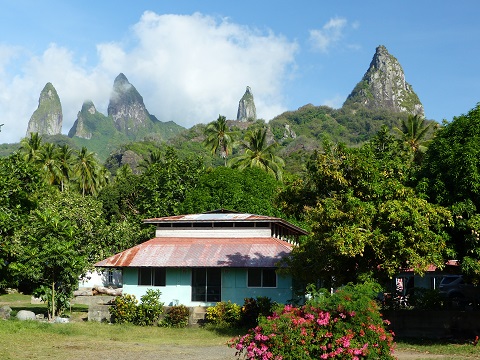 |
Random pictures from our month spent on the islands of Hiva Oa, Tahuata, Ua Pou, and Nuku Hiva
45 Photos
Created 18 July 2015
|
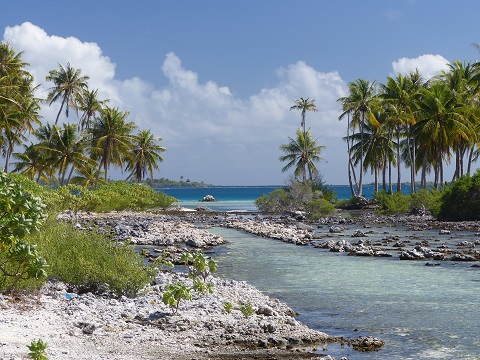 |
Random pictures from our month spent in 4 Tuamotu Atolls; Ahe, Fakarava, Tahanea, and Toau
32 Photos
Created 1 July 2015
|
 |
Some of the birds, fish, reptiles, and mammals (and others) that we have seen in Mexico
74 Photos
Created 5 May 2014
|
Tregoning

Who: Alison and Randall
Port: Gainesville, FL
